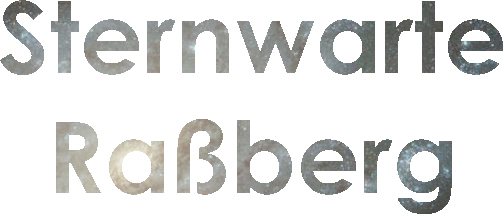Astronomy Info
Tips and reviews
Report on 20“ Lukehurst Dobson and EQ Platform from Watch House UK
I have owned the 20” Dobson now for some 2 years. In all this time I was very happy with it but have not once dismantled it – it is permanently stored in my garage and used from my yard. This Autumn, a number of friends from the Styrian Astronomy Society told me about an International Telescope Meeting in Carinthia, some 3 hours from here. The meeting was over 4 days and held at the top of a mountain in some of Europe’s darkest areas. I decided to take some holiday and test my telescope and platform under hopefully ideal conditions.
Dismantling the Dobson is very easy and only takes 5 minutes. The only drawback to the size and weight is, that it requires two people to load and unload it into and out of the car. On rebuilding, I checked collimation and it was hardly off, none the less I laser collimated it, so that it was as good as possible. Due to my car being completely packed with gear, I left behind the wheelbarrow handles and ramp. I simply set up the platform and dropped the scope onto it. At the site there were two alternative places to set up telescopes for viewing. One was on the car park, which was fairly full and the second on a large field. I chose the latter mainly because most of my friends would be there photographing. Needless to say, a field on a mountain top is not ideal for the platform, as it was slightly sloped and somewhat soft. We also soon discovered that dew would be a major problem.
ITT 2011 : Organised by Wolfi Ransburg ( Telescope Service, Munich ) and hosted by Sattlegger's Alpenhof
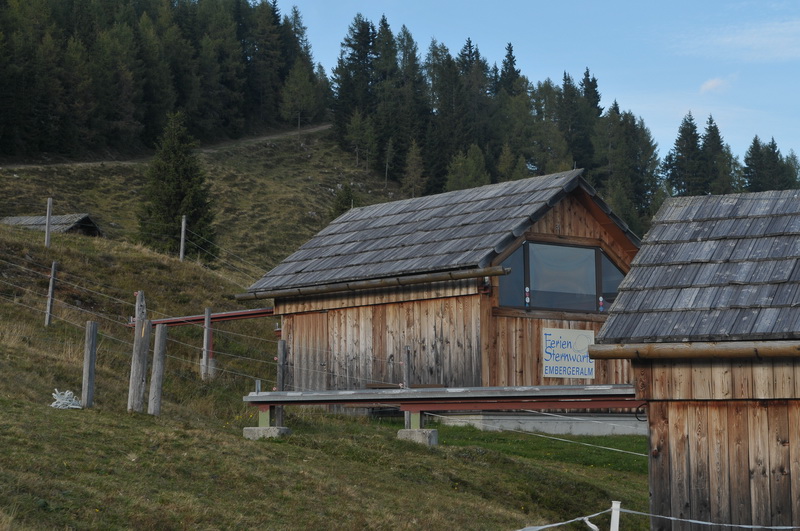
The site :
The site was at 1800m and had completely open views in all directions other than north, which was slightly restricted. During the 4 days we had terrific weather, during the day up to 25°C, at night 5-10°C. The sky was clear and very dark. We checked this with the SQM, Sky Quality Meter and had readings of 21,4 or appx. Mag 6,5. At my home site I have read 20,8 or appx. Mag 6,0 ie slightly worse but still not bad for an urban site.
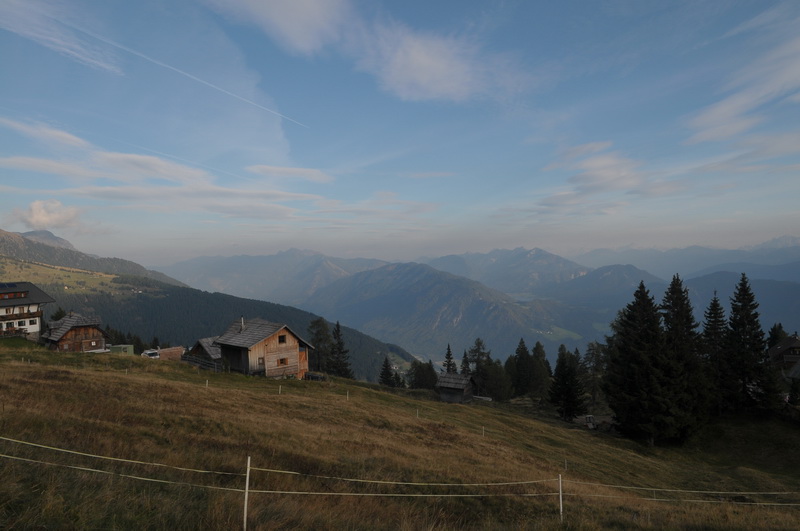
Operation of Dobson and EQ Platform :
The platform could run for about 50-60 minutes before resetting, which was very easy and only took a few seconds.
The SkyCommander after calibrating found all objects without any problems. After a few hours, the accuracy dropped off, probably due to repeatedly resetting the platform, at home I never had this problem. A simple recalibration solved this. In the three evenings we viewed a wide variety of objects. It was fascinating to work with people who find these objects without any aids – I would be lost doing this. Despite the fact that the platform was not level and on a soft surface, objects remained in view for at least 5-10 minutes even at high magnifications (333x). This was very useful, as people photographing nearby dropped by to check out the objects and it was not necessary to continualy readjust the telescope.
A number of friends used my setup and all thought it to be very good. A couple even commented that they had never seen a number of the objects as well as on this occasion. One friend, who himself builds professional telescopes ( and I mean proper telescopes costing 100000-200000 € ) also commented that my Dobson was of very good quality. In summary I was very pleased with the performance, although I knew beforehand that it was excellant.
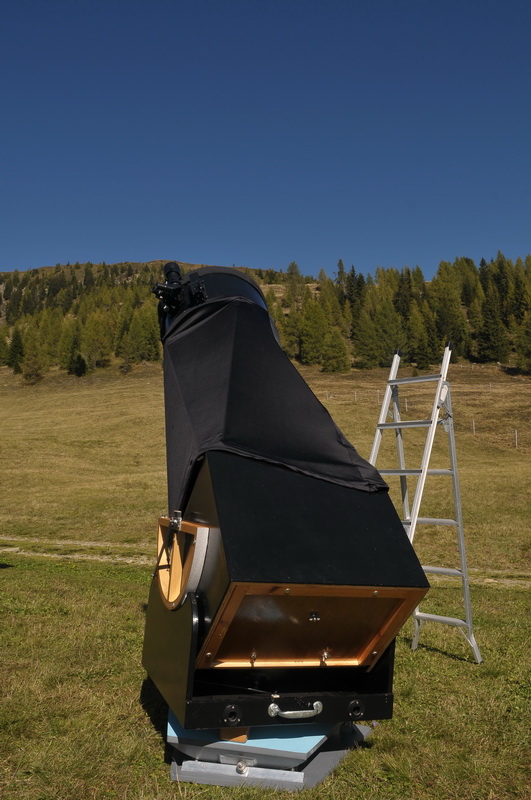
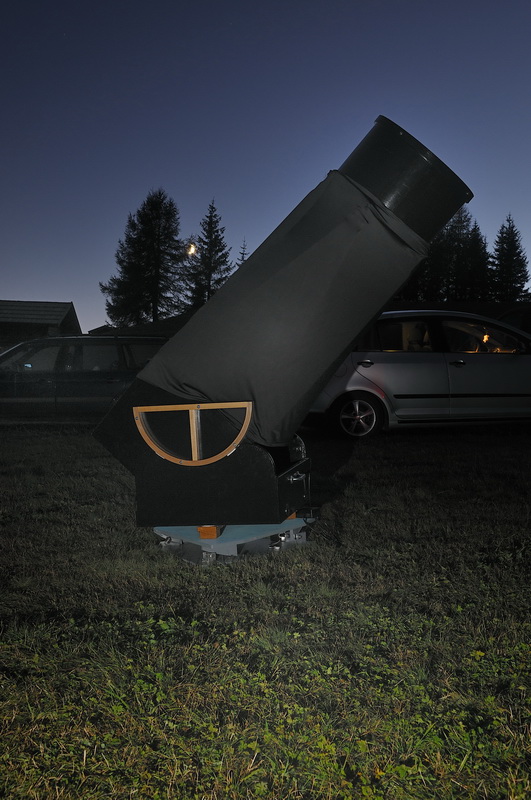 My Dobson in action
My Dobson in action
Objects viewed :
As mentioned above, we viewed a wide variety of objects, galaxies, planets, stars, nebulae. For me an absolute highlight was seeing both Uranus and Neptune with a moon. The moons were incredibly small and very dim. We used star charts to confirm their position ie they were without doubt the moons, each about Mag 15 ( about 10000 times dimmer than the dimmest objects visible to the naked eye when the sky is clear and dark ). We saw Jupiter and moons, nothing so special, we also saw a shadow transit across the surface. Due to the clear skies, in addition to the usual 2 bands on Jupiter, we saw in total 6 bands and for the first time I saw the Great Red Spot.
Another highlight was the Veil Nebula, an enormous gas cloud, some 6 times the size of a full moon. With the use of a special OIII filter and a low magnification ocular ( the Nagler 31mm = 65x ) this object was awesome. It showed terrific detail in the structure. In the early mornings we also looked at M42 the Orion Nebula, which is somewhat similar to the Veil Nebula and is very spectacular.
Another interesting object was Stephen’s Quintett, a group of 5 galaxies about 100 Million LY away.
Accommodation :
We stayed in a ski lodge, the Dünhofenhütte. It was very basic but clean and good. They didn’t have electricity, not a problem for astronomers, who always have a torch to hand. The Landlady, Erna, was very pleasant and a great cook – as much as you could eat. Half board costed 33 € per night, very reasonable.
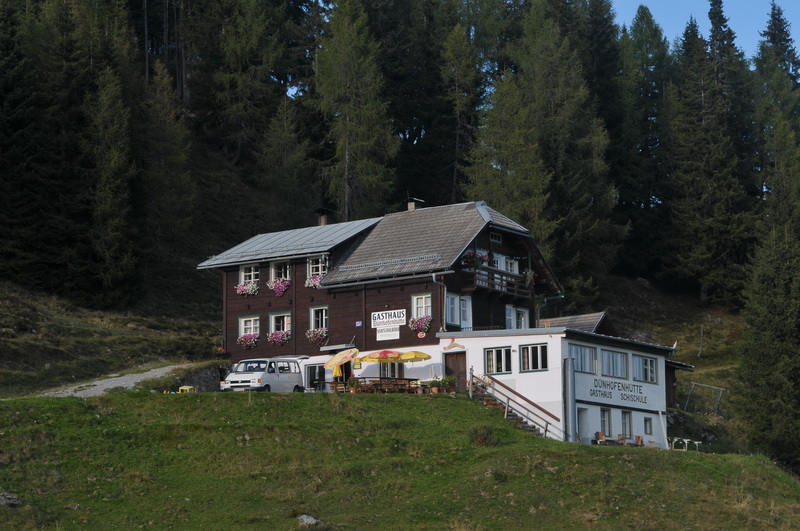
People :
An important part of the event was to meet new people, and this proved to be very good. In addition to getting to know members of our society better, I also made good contacts to astronomers from Carinthia and a number of dealers from Germany. By chance I also got to know a Lumberjack from Bavaria, he set up his 14” Dobson next to mine and we viewed most objects as a team, comparing scopes and oculars. It was great to be able to chat to other astronomers and exchange ideas, in all I learnt a lot over the weekend.
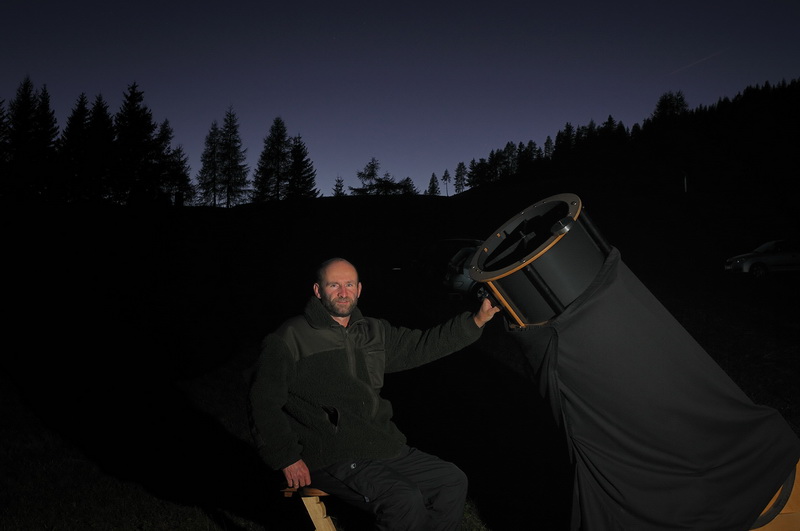 Hubert from Baveria
Hubert from Baveria
There was also a guy at the event who was clearly an astronomy buff - he had the coolest VW Camper I have ever seen
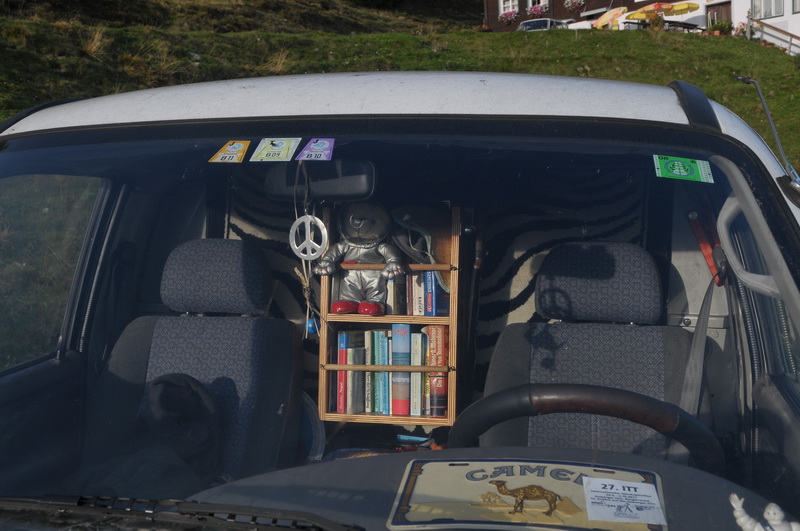
Lessons learnt:
On a field trip, prepare the car beforehand so that when the doors are opened, that the lights don’t go on ! When set up on the area for photographers, one doesn't make friends when this happens.
For a Dobson, which sits on the ground, humidity and dew are major problems. After this event I purchased insulating material to make a dew cap and also bought a 12v hot air blower to dry the secondary mirror, hopefully this will be a problem of the past.
Before leaving, I purchased a 12v powersource for my laptop, this proved very useful, I could run my planetarium program in the background.
Oculars : oh, a big problem. I had the opportunity to try out various other oculars, most of which were very high quality. I saw that for my large Dobson, a long focus ocular such as the nagler 31mm is a must to give low magnification, wide field views of large objects such as nebulae. I also tried the new TeleVue Delos 10mm and 6 mm oculars. These provided higher magnification and good sharpness, particularly for planets and small galaxies. Before long, I will have to invest in these !
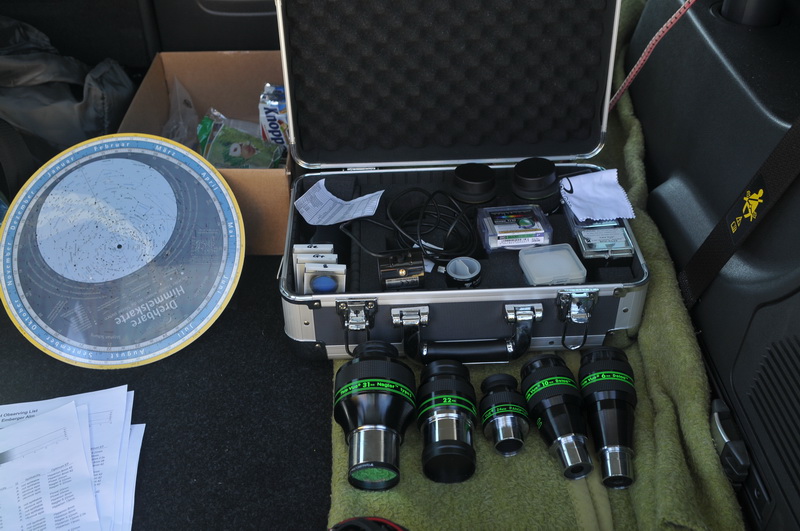
Photography :
I didn't do any photography myself, but a number of friends from the Styrian Society did. Daniel Gütl, reknownd for a) stunning photos and b) incredibly long exposures made use of the very dark skies and good conditions to complete 3 photos he had started some weeks earlier. These can be viewed at :
The Horsehead Nebula in black and white, about 6 hours exposure ( Daniel, not nearly enough ! )
Sharpless 157, about 21 hours exposure
The Triangulum Galaxy, about 12 hours exposure

